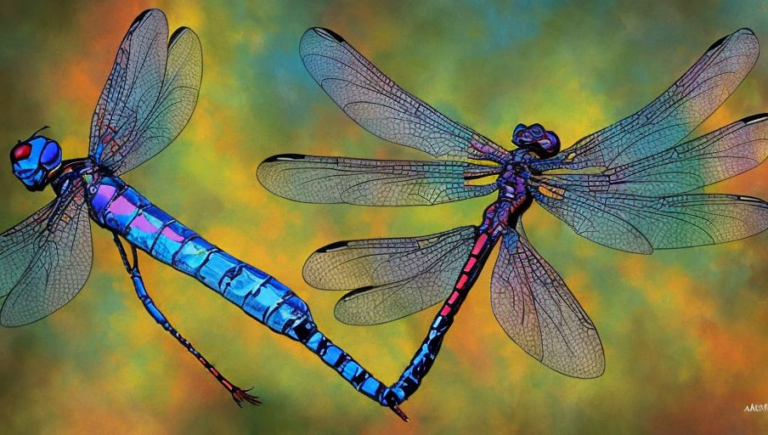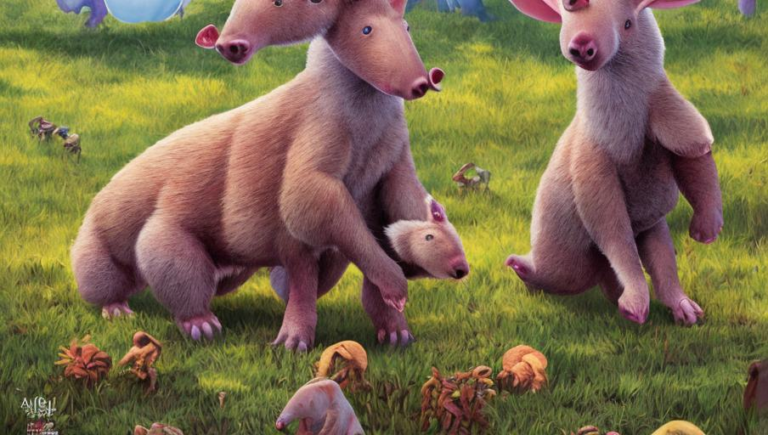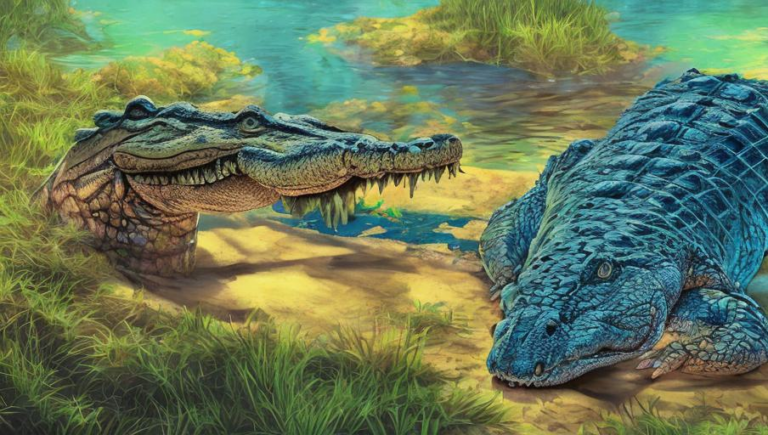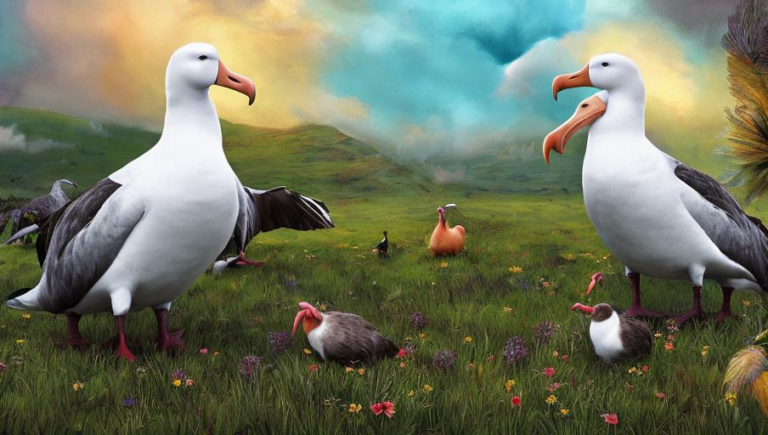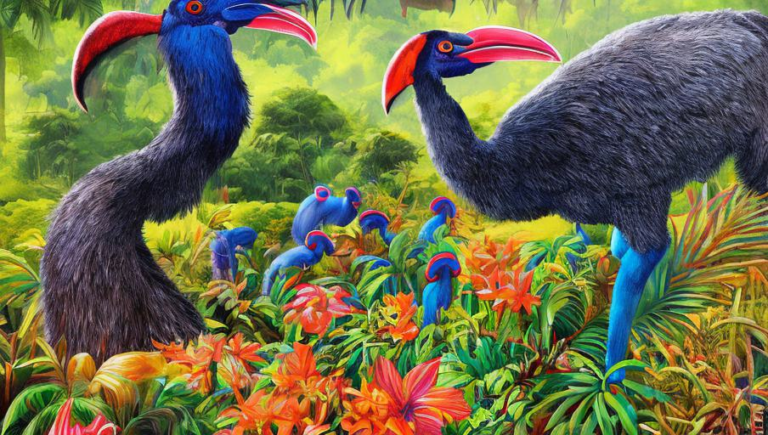Yielding to the Life Cycle of the Beaver
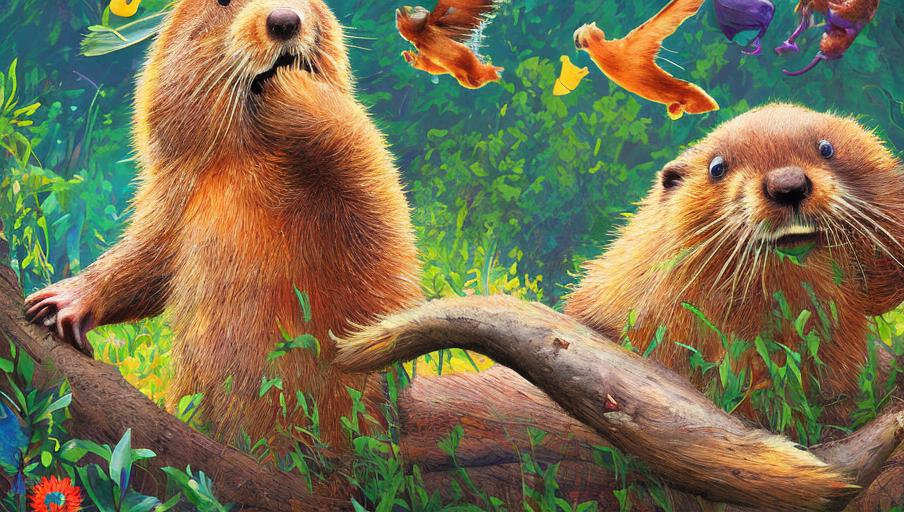
The Life Cycle of the Beaver
The beaver is one of the most fascinating creatures of the animal kingdom. With its large size and semi-aquatic lifestyle, this creature can be seen in many bodies of water around the world. The beaver is an essential part of the ecosystem and plays a critical role in the water cycle. This article will take a look at the life cycle of the beaver, from its birth to its death.
Birth and Early Life
Beaver kits, or baby beavers, are born in the early spring. Usually, a female beaver will give birth to an average of four kits. Beavers are born naked and blind, and are unable to swim. They are also dependent on their mother for the first few weeks of their lives. During this time, the mother beaver will groom and clean the kits, and bring them food. After a few weeks, the kits are able to swim and feed themselves.
The Juvenile Period
After the beaver kits are able to swim and feed themselves, they enter the juvenile period. During this period, they will begin to explore their surroundings and learn important survival skills. Juvenile beavers will also start to build small lodges, dams, and canals as they practice their newly acquired building skills. At this point, the juvenile beavers are also able to reproduce and start their own families.
Adulthood
As the beaver ages, it slowly transitions into adulthood. During this time, the beaver will become more independent and skilled in its abilities. Adult beavers are able to build larger and more complex lodges, dams, and canals. They are also more proficient at foraging for food and avoiding predators. Adult beavers can also reproduce, and will usually have one to three kits per litter.
Old Age and Death
As the beaver continues to age, it slowly transitions into old age. During this time, the beaver will become weaker and less able to build and forage. Eventually, the beaver will succumb to old age and die. The average lifespan of a beaver is between five and seven years, though some beavers have been known to live up to twelve years.
The Legacy of the Beaver
The beaver is an essential part of the water cycle and is an important part of the ecosystem. Its lodges, dams, and canals help to provide habitat to other creatures, while its presence helps to regulate water levels. Beavers also play an important role in the environment by providing food and shelter for other species. Their legacy is one of resilience and sustainability, and their presence will be felt for centuries to come.
